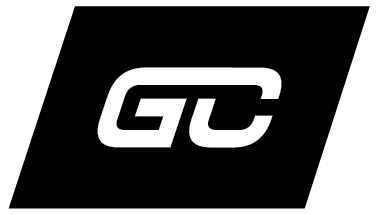ATHLETIC DEPARTMENTS: DON’T BE A DUMPSTER FIRE
| THE NECESSITY OF ATHLETE DEVELOPMENT & ASSESSING CULTURE|
It is pretty easy from the cheap seats to ask the question, ‘how does Jimbo Fisher still have a job’? Florida State University has dealt with and continues to deal with multiple high profile incidents of poor student-athlete behaviour. This led to the FSU president’s much publicized visit to the football team’ locker room.
However, when a university president is forced to set foot in a locker room and to give a rather unique pep talk about conduct, one must take a moment to reflect on what appears to be a significant culture problem not only on the football team but within the athletic department. It isn’t just football. FSU’s Men’s basketball, baseball and women’s softball student athletes have also been arrested. The tail, it appears, is wagging the dog. No matter how you cut it, there is an athletic department culture problem at Florida State University. Bad things continue to happen and athletes are enabled by department staff, as noted in this ESPN article by Paula Lavigne.
In a Florida State University Police Department case from August 2012, officers asked a football player whether they could examine his car in connection with a possible hit-and-run, but he told them he was busy and would call back later. He did so but never reached an officer. Officers ultimately heard from FSU associate athletic director Monk Bonasorte, who asked whether he could bring the vehicle to the police station “due to [the player] being in a mandatory football meeting.”
To be fair, most athletic departments and their student athletes, aren’t under the media glare of an FSU. However, the broader picture being painted by FSU should resonate with other schools and athletic directors around the country. Namely, a high profile team (who is that on your campus?) led by a strong high profile coach and personality (who fits that bill in your community?), that wins. When issues start coming to the surface, athletic directors can find it very easy to sweep initial incidental player issues under the rug to be dealt with ‘internally’, based on the record, pedigree and personality of the coach in charge. Until, that is, you get hammered by a larger issue that no longer fits under the rug. At that point not only are you dealing with a major ‘incident’, you likely have a team culture that is out of control that could infect your entire department.
Athletic Directors around the country believe in many ways they are immune to the kind of scrutiny and scandal that has overtaken FSU. The reality is there has been a massive shift in the elite and professional sport landscape. Call it a ‘step change’, call it ‘discontinuous change’ (my preferred label) or call it a paradigm shift, either way, the sport zeitgeist has moved dramatically in the past five years. Sadly, athletic departments and universities aren’t known for being fast moving or forward thinking entities. They are, in my experience, personality driven entities with a few strong individuals defining what does and doesn’t happen based on whim (or whimsy), irrespective of the title on the business card. You could turn an iceberg around faster.
That, in short, is a shame. The cost of pursuing a proactive approach to assess, manage and develop appropriate interventions for student athletes cost around five figures (typically $20K to $85K depending on the size of the department). However, responding to a crisis costs seven figures. A reasonably priced solutions for athletic directors to overlay on their athletic departments to proactively identify culture, player and coach issues in order to put interventions in place so your school doesn’t become a dumpster fire, a punchline or a place where 16 athletes can generate 23 arrests in 5 years seems like a good idea.
Universities who take sport seriously need to understand that investing in collegiate athletics isn’t just about putting resources into facilities. University athletics is about the student athletes and the University’s brand. The value of proactively investing in assessing teams, coaches and departmental staff in order to ensure they are meeting institutional objectives is critical. Universities need to invest heavily in their athletes broader development away from the playing surface instead of hoping against hope these kinds of issues can’t or won’t happen on their campuses.
At the end of the day, schools are in a tough position based on where they invest their resources, but the time has come to focus more intently on the development of the athletes in the fieldhouse, instead of the fieldhouse itself.
Game Change was founded in 2011 to serve and enhance the athlete development needs of major professional and elite sport organizations and athletes. Game Change specializes in customized research and assessment services, the development of applied interventions and resources designed to provide long-term positive outcomes for organizations and individual athletes. Game Change believes strongly in sport as a catalyst for societal change and adheres to the philosophy of ‘changing the world one athlete at a time’.

